Repetition in design -help!
cynthiainsouthfla
12 years ago
Related Stories
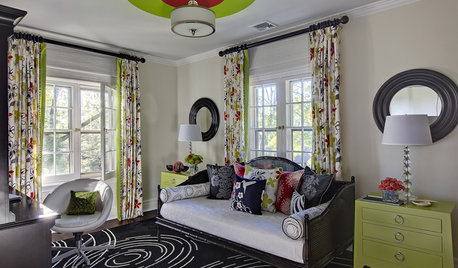
DECORATING GUIDESHow Repetition Helps Rooms Shape Up
To give your interior designs a satisfying sense of rhythm, just add circles, squares or rectangles and repeat
Full Story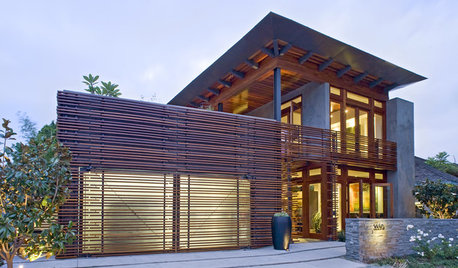
REMODELING GUIDESWood Slats in Design: Repetition, Scale and Light
Wood Screens Create Privacy, Delicacy, and Sometimes a Golden Glow
Full Story

LANDSCAPE DESIGNNative Plants Help You Find Your Garden Style
Imagine the garden of your dreams designed with plants indigenous to your region
Full Story
LANDSCAPE DESIGNHow to Help Your Home Fit Into the Landscape
Use color, texture and shape to create a smooth transition from home to garden
Full Story
CURB APPEAL7 Questions to Help You Pick the Right Front-Yard Fence
Get over the hurdle of choosing a fence design by considering your needs, your home’s architecture and more
Full Story
ORGANIZINGDo It for the Kids! A Few Routines Help a Home Run More Smoothly
Not a Naturally Organized person? These tips can help you tackle the onslaught of papers, meals, laundry — and even help you find your keys
Full Story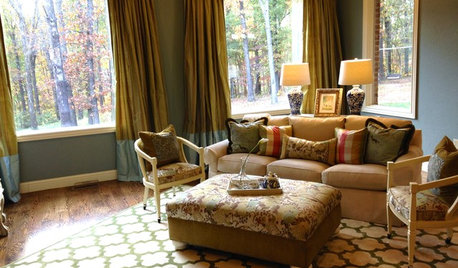
LIVING ROOMSA Living Room Miracle With $1,000 and a Little Help From Houzzers
Frustrated with competing focal points, Kimberlee Dray took her dilemma to the people and got her problem solved
Full Story
UNIVERSAL DESIGNMy Houzz: Universal Design Helps an 8-Year-Old Feel at Home
An innovative sensory room, wide doors and hallways, and other thoughtful design moves make this Canadian home work for the whole family
Full Story
BATHROOM WORKBOOKStandard Fixture Dimensions and Measurements for a Primary Bath
Create a luxe bathroom that functions well with these key measurements and layout tips
Full Story






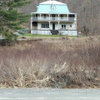
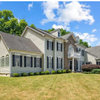


Yardvaark
catkim
Related Professionals
Harrison Landscape Architects & Landscape Designers · Beverly Hills Landscape Contractors · Biloxi Landscape Contractors · Bridgeview Landscape Contractors · Cambridge Landscape Contractors · Coram Landscape Contractors · Lynchburg Landscape Contractors · North Chicago Landscape Contractors · Ocoee Landscape Contractors · Rancho Santa Margarita Landscape Contractors · Seymour Landscape Contractors · Adrian Decks, Patios & Outdoor Enclosures · Forney Swimming Pool Builders · Harvey Swimming Pool Builders · Lisle Swimming Pool Buildersbahia
cynthiainsouthflaOriginal Author
Brad Edwards
Yardvaark
cynthiainsouthflaOriginal Author
cynthiainsouthflaOriginal Author
Yardvaark
cynthiainsouthflaOriginal Author
Yardvaark
cynthiainsouthflaOriginal Author
Yardvaark
bahia
cynthiainsouthflaOriginal Author
Yardvaark
cynthiainsouthflaOriginal Author
Yardvaark
inkognito